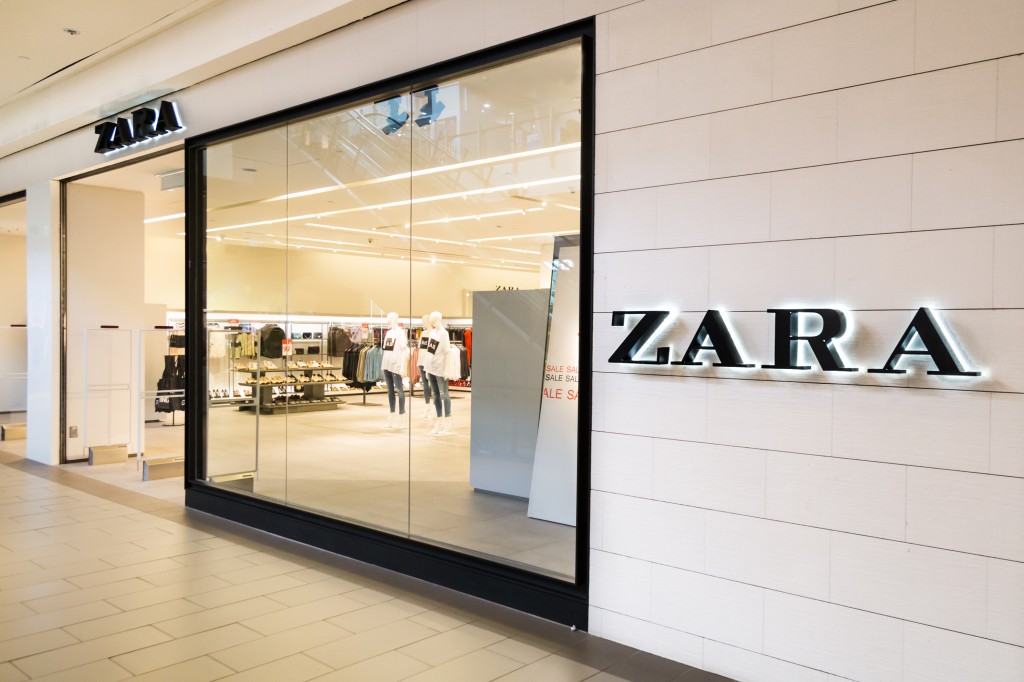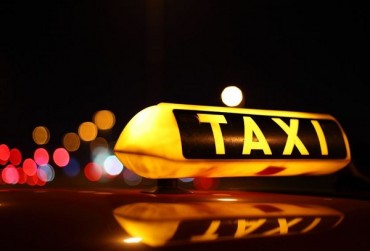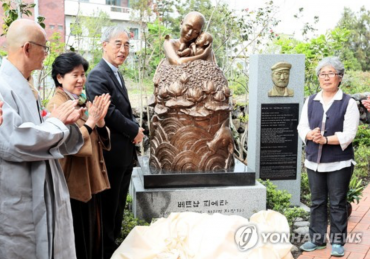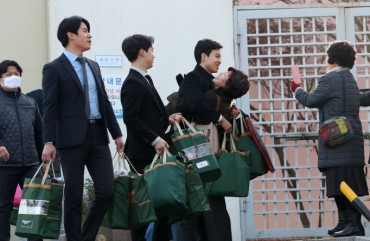
European cosmetics products in particular have been slammed for their high prices in the South Korean market, as statistics from the Korea National Council of Consumer Organizations in 2014 suggest South Korean consumers often pay more than their European counterparts, whose median incomes are much higher. (Image: Yonhap)
SEOUL, June 3 (Korea Bizwire) – There is a strange culture among South Koreans in which the higher the price is, the better the product sells.
For years, the South Korean media and a good portion of consumers have noticed and questioned this absurd trend in a country that has been hit by record high youth unemployment and sluggish economic growth in recent years.
European cosmetics products in particular have been slammed for their high prices in the South Korean market, as statistics from the Korea National Council of Consumer Organizations in 2014 suggest South Korean consumers often pay more than their European counterparts, whose median incomes are much higher.
Despite years of criticism however, the likes of Zara, Starbucks and IKEA, seemingly not affected in the slightest, continue the practice of setting prices higher in South Korea as soaring sales drown out voices for change.
What sounds like an inexplicable and somewhat religious belief has been shaping the consumer culture of the country for longer than many people think, a tendency that is deeply entrenched in the way South Koreans shop and perceive brand image.
So what is causing South Korean consumers to happily spend more than their neighbors to get the exact same product?
Beauty columnist Pi Hyung-jung touched on the issue in an appearance on South Korean TV channel MBN.
“When a foreign brand launches its business in South Korea, the first thoughts that cross consumers’ minds are ‘that’s expensive,’ and therefore ‘I want to have it.’
“This type of desperation prohibits consumers from buying low priced products, which then leads to higher prices.”
Seoul is now the sixth most expensive city in the world, according to the Economist Intelligence Unit (EIU), closely trailing Tokyo and Osaka while leaving behind Paris and New York.
It’s uncertain to what degree the recent surge in the cost of living has been affected by the strange consumer culture to prefer higher priced products among South Koreans, but the premium pricing strategy adopted by international brands definitely plays a major role in the higher prices of some of the items up for grabs, ranging from coffee and cosmetics to furniture, clothes and baby strollers.
For instance, a ‘BESTA BURS’ TV bench from IKEA was being sold for 449,000 won in South Korea, while the price was set at 274,000 won ($249) in the U.S. as of 2014.
In response to criticism over the price gap between the two countries, the retail manager of IKEA Korea André Schmidtgall said IKEA’s policy considers affordability in each country when deciding product prices, a defense that pales in comparison with the average income gap between the two countries.
In 2015, Americans earned an average of $58,714, while South Koreans earned $34,140, according to OECD statistics.

Despite years of criticism however, the likes of Zara, Starbucks and IKEA, seemingly not affected in the slightest, continue the practice of setting prices higher in South Korea as soaring sales drown out voices for change. (Image: Kobiz Media)
Another brand that points to this strange trend among South Korean consumers is American coffeehouse giant Starbucks, as Seoul has been the city with the most Starbucks stores since 2014, surpassing New York.
Despite higher prices compared to Japan and the U.S., Starbucks’ high end brand image is appealing to many female and young customers in the country.
Researcher Kim Byung-yeon at NH Investment & Securities says money has become a tool to determine the absolute value of life in South Korean society.
“For instance, adolescents who live in South Korean society without a filter tend to believe being seen with an expensive product could send a signal to others that they are wealthy, which gives a false impression that they actually have a high social status.”
Hyunsu Yim (hyunsu@koreabizwire.com)






